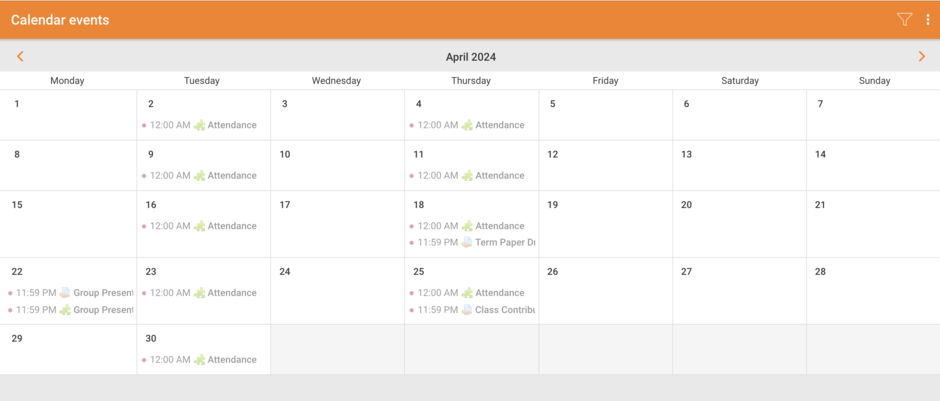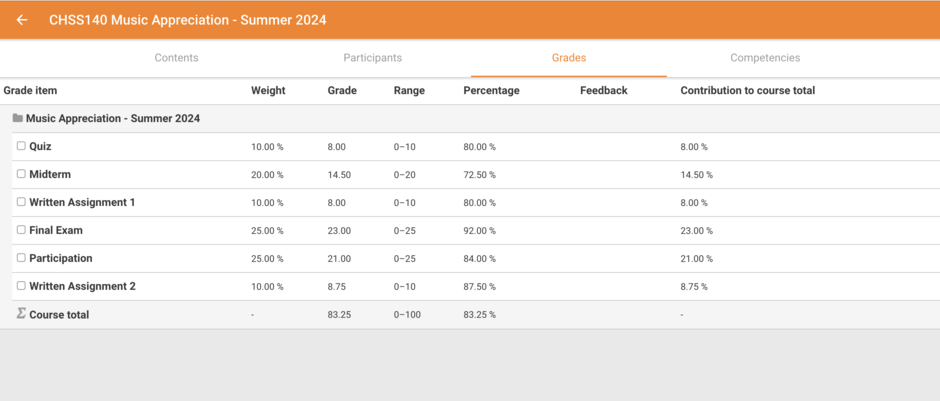It is very common now to use blended learning programs for teaching. Some educators may find it exhausting to combine traditional face-to-face and online learning methods. However, it is already not a big deal due to the learning management system (LMS). The key factor is to know how to use it in blended learning programs.
What is a Blended Learning Program?
First of all, let’s understand the blended learning program meaning and see what are the benefits of blended learning.
Blended learning is a way of integrating traditional offline learning and online learning on the internet. It is widely used nowadays because it offers better conditions that are beneficial for everyone regardless of their teaching or learning preferences. Here are some advantages of blended learning.
- Educators enhance the learning process by providing additional materials, quizzes, and other tools. In contrast with face-to-face learning methods, the learners have more means to grasp the material better and to grow even further.
- The learners can attend offline classes and communicate with each other. At the same time, they have access to those lessons online. This flexibility gives them the freedom to choose what version is convenient for them to make better progress.
- Another benefit is saving resources on transportation, materials, etc. Offline classes often require paper-based quizzes, exams, and other assignments. All this material can be saved by giving these assignments online.
What is LMS?
So, what does LMS mean? LMS is a platform where educators can easily create their own courses and track their students’ progress. The learners have access to all the materials.
There are many learning management platforms for different kinds of institutions. They are for different teaching content and learners. For example, those can be employees of companies that need professional LMS training and certification within their specification field. Otherwise, the users can be students from educational institutions like high schools or universities. There are also different features that each institution needs to consider before choosing the best LMS platform for them.
How LMS Helps Blended Learning Programs
It is obvious that LMS can help blended learning programs for better organization. But how does it contribute to blended learning? There are many learning management platforms that allow teachers to upload course materials, give or receive feedback, evaluate students’ work, and follow their progress. Here are some of the main aspects with the help of which LMS contributes to blended learning programs.
- Online classes
One of the most helpful features of blended learning is that students can connect to the classes online, thus making their schedule more flexible. It makes it more convenient to combine work with study and listen to lectures at any place. The learning management system provides ‘virtual classrooms’ to organize these classes. With LMS platforms, educators can create video calls, record the classes, and save them for later use.

- Composing Schedule
For the better organization of the study plan, it is important to have all the dates and deadlines ready in advance. LMS is a great place to keep those dates. Students can easily enter their LMS platform and see those dates instead of asking their instructors every time. And what’s more important, there are all the deadlines with reminders, which helps students prevent misunderstandings or delays. Moreover, educators can follow students’ activities and form an idea of their course participation.
- Wide selection of materials
Sitting in a classroom and listening to monotonous lectures can be a little bit boring sometimes. Educators need additional materials, interesting facts, educational games, and quizzes with the intention of engaging both the students and completing the curriculum. LMS integrates all of this and makes the course more interesting. Usually, assignments and exams can also be given through LMS platforms.
- Grading system benefits for educational institutions
LMS makes educational institutions’ jobs easier and relieves their worries about the grading system. Educators can effortlessly upload everyone’s grades in an organized way and, moreover, keep this data in the databases. Accordingly, the system can evaluate overall grades and results based on the simple data given to them. Besides the grades, instructors are also able to write feedback on each assignment so that the learners can better understand their mistakes.

- Creating an individual program
The standard learning material can be either very easy or hard for each student. In any case, their progress may be disturbed because of an inappropriate program. LMS gives the opportunity to create an individual program and track each learner’s progress to help them improve their learning.
Famous LMS Platform for Educators
Here are some of the most used platforms all over the world that help educators and students with blended learning programs.
- You are probably already familiar with Google Classroom. It is a great platform for schoolchildren as well as students from higher institutions. Let’s have a look at a few of its features.
Via Google Classroom, educators can start a video meeting and have a class with an online blackboard, comments section for students, and many other characteristics. Due to the class stream, students can actively participate in discussions.
They can also create their course pages on Google Classroom, include their assignments there, and grade the learners without much effort.
Besides ordinary assignments, educators can create surveys with Google Forms (another software offered by Google), quizzes, engaging games, videos from other platforms, and other files.
Feedback is an essential part of the learning process. It helps educators to improve their teaching skills, and students grasp the materials more effectively. The mentioned platform is an excellent means of communication for learners and educators. Also, educators are able to give instant feedback on assignments.
- Another platform that is widely used, especially by university students, is Moodle. Instructors of each course use Moodle to create their course sections.
Instructors often make presentations of their lessons, which are helping students. They can upload them to Moodle, and the students who have access to those courses can access them. Additional resources can also be uploaded for better academic performance.
With Moodle, instructors can create quizzes that can be graded directly after taking them and assignments that students can submit online instead of handing in face-to-face. This approach makes the reviewing and grading process faster and easier while keeping all the submitted data in the platform.
Students can see all of their grades posted on Moodle in a very convenient way. It is easy for them to calculate their ongoing summary points when they have their grades under hand and contact the instructor immediately when they think there can be a mistake or if they need extra assignments to improve their grades.
Moodle is a very functional and convenient platform for educational institutions that offer a variety of courses and want a better organization.
Moodle is somewhat similar to Canvas with some features, so you can consider comparing them and choosing what is the most suitable for you.
- When we talk about blended or hybrid learning, we imagine a learning process where face-to-face classes are synchronous with online courses. This is exactly what Blackboard Learn offers. It focuses on students’ satisfaction and provides all the features for productive classes.
Blackboard Learn is, again, a platform for online teaching and learning, as well as for building connections and exchanging knowledge. It is for companies or educational institutions that offer training or courses. It gives the instructors diverse solutions for teaching methods and, therefore, is suitable for different types of organizations.
Blended learning can include courses that are entirely online, partially online, or supported by online materials. For the first case, Blackboard Learn gives you all the features that replace offline classes and make them more effective. Instructors can create meetings, ask questions, have discussions, give graded or ungraded quizzes, send messages/announcements and reminders, send course materials, etc. For the second case, course members still have offline classes in classrooms, but those classes can be replaced by online video meetings from time to time. Additional materials and assignments can also be given online. And finally, for mostly face-to-face classes, instructors can just upload course materials and other information.
For all of these types, the grading system is straightforward with this platform.
What makes these platforms even more actual is that they have their applications. Hence, users can upload them to their mobile devices and check the latest events at any time, whenever they want.
To Sum Up
In the world of technology, these platforms are great alternatives that can save a lot of time for instructors and students, give opportunities for specialists to create their own courses, and allow companies and other institutions to organize their courses appropriately.
Blended learning allows you to manage your resources well and have practical classes to the advantage of learners. Companies and educational institutions choose to use different learning management system platforms to organize their courses. Companies benefit when their employees enjoyably learn their part of the job. Universities and other institutions also use most of the LMS to improve their blended teaching methods and make them trouble-free for students.
So, if you are related to such fields, it is always a good choice to use LMS for blended learning.

